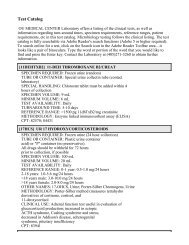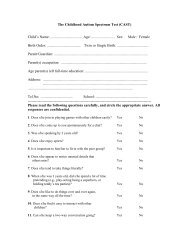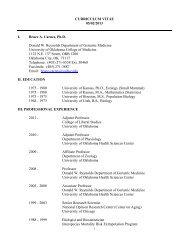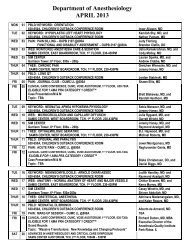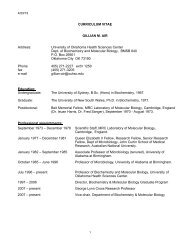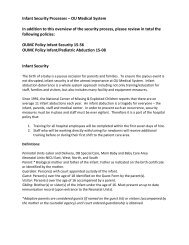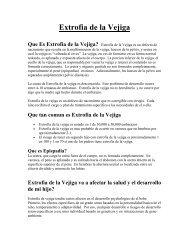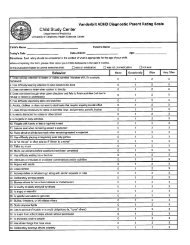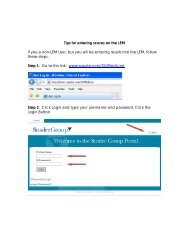Communities Advancing Resilience Toolkit (CART ... - OU Medicine
Communities Advancing Resilience Toolkit (CART ... - OU Medicine
Communities Advancing Resilience Toolkit (CART ... - OU Medicine
Create successful ePaper yourself
Turn your PDF publications into a flip-book with our unique Google optimized e-Paper software.
time limits. Choose a location(s) without distractions that is comfortable for you and your<br />
subjects.<br />
Step 6: Conduct the interview. When you meet with a key informant, once again identify<br />
yourself and the organization you represent and explain the purpose of the interview and<br />
how results will be used. Ask your subject if he/she has any questions before you start the<br />
interview. Ask one question at a time, listen (and let your subject know you are listening<br />
by commenting occasionally), and take notes. Remain neutral in asking questions and<br />
listening to responses. Stay focused on the purpose and structure of the interview, taking<br />
care to maintain control so that your subject does not take too long to answer questions<br />
or stray off topic. Maintain eye contact while taking notes. When you complete the<br />
interview, thank your subject and tell him/her how to get in touch with you should he/she<br />
so desire. Also send a written thank you note following the interview.<br />
Step 7: Analyze the interview. Immediately after each interview, make additional notes<br />
regarding responses and observations and summarize key points so you will not forget<br />
them. Consider your subject’s objectives, needs, and interests when assessing the<br />
accuracy of the information gathered.<br />
Considerations<br />
Probes. Probing is used to draw out a subject, to gather additional information related to<br />
a response, or to clarify or correct misunderstandings. Examples of probing are: “Can you<br />
tell me more?” and “Are there other examples?”<br />
Tape recording. If you plan to tape record interviews, you must<br />
obtain permission from your subjects. If taping, verify that the<br />
recorder is working and take notes as well just in case the recorder<br />
fails.<br />
Alternative arrangements. Face-to-face interviews permit you to<br />
observe facial expressions and body language, but they are more<br />
time consuming and may be less convenient for your subjects than<br />
alternative approaches such as email or telephone interviews.<br />
While email interviews allow your informants to answer questions<br />
<strong>Communities</strong> <strong>Advancing</strong> <strong>Resilience</strong> <strong>Toolkit</strong> (<strong>CART</strong>) Page 14



